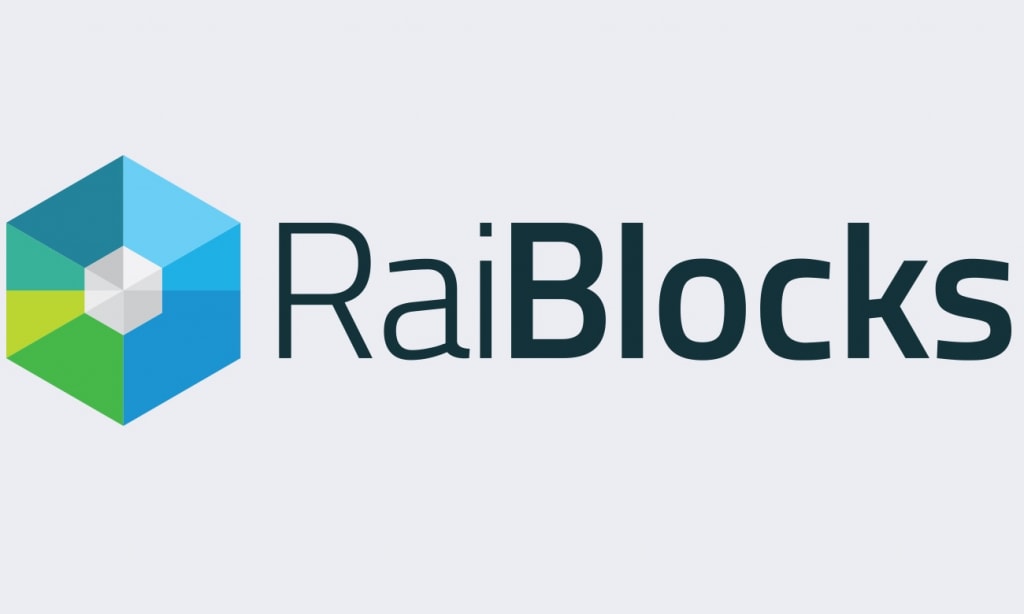Rai Blocks: The Blockchain Superhighway

Rai Blocks uses a directed acyclic graph instead of a blockchain. Most currencies require users to keep a copy of an ever growing list of transactions to verify and secure the network. However, with Rai Blocks users will need to sync with the network once and then they can prune historical transactions from records. Effectively they only need to keep a list of their transactions- money they send and receive. Users can choose to keep the entire history.
They describe it as a block lattice. Visually you generate a sending block and the receiver generates a receiving block. Your block keeps track of the difference between your ending balance and an starting balance. This is the amount you will send. The receiving block simply has to add that amount to its own ledger.
How do you prevent double spending? Once you generate a send block it is broadcast to and confirmed by the network. You can't take it back. It will change to a pending transaction until the receiver opens a receiving block. This makes the network extremely fast.
There can be conflict. Rai Blocks states it can stem from bad programming or an attempt to double spend by User A forking (splitting) their personal chain into two. Now you have two transactions trying to claim the same past. They also state that blocks can “go missing”. This means the block doesn't have a recognizable past. Almost like an orphan. (No offense to any actual orphans.) This can happen in error or purposefully.
At this point, the representatives come into play. For those users who choose not to run a node, they can assign their voting power to a representative. If there is a conflict on the chains, the representatives will vote on which one is valid. The representative with more “node citizens” has more weight in the voting. Think of it like the House of Representatives. Since Texas and California have large populations, they can turn a vote. Resolution should occur within one minute. Representatives also vote on improperly synced blocks. If the orphaned block gains enough votes, they will attempt to resync it with the network. (It is not explicitly stated that representatives will need to keep an entire copy of the blockchain.)
Rai Blocks is subject to multiple attacks including Sybil, 51%, and Penny Spend. However, they feel they have enough safeguards to limit their effectiveness. They do include a small PoW algorithm for each transaction type. Flooding the network with multiple small transactions will require hefty computational resources. Very few people will have the resources to do this. Also, only historical nodes will be affected by the increased ledger size. People who attempt to spam the network with nodes to affect voting, will need to place a significant sum of money into their account. This is because voting is affected by weight and weight is affected by your account balance. 10 million one penny accounts are expensive, and whatever votes they have will be negligible anyway. The strategy is to make attacking the network expensive.
Rai Blocks uses the elliptical curve for their signing algorithm. This gives Rai Blocks more privacy. They also uses Blake2b hashing algorithm. Their system makes use of User Datagram Protocol (UDP). Because UDP lacks the error checking of TCP, information travels faster so they can process more transactions per second.
Nice Job Fri...
railblock is not work properly @altcoinbeast
Rai Blocks doesn't work? In what way? You might want to talk to the development team.